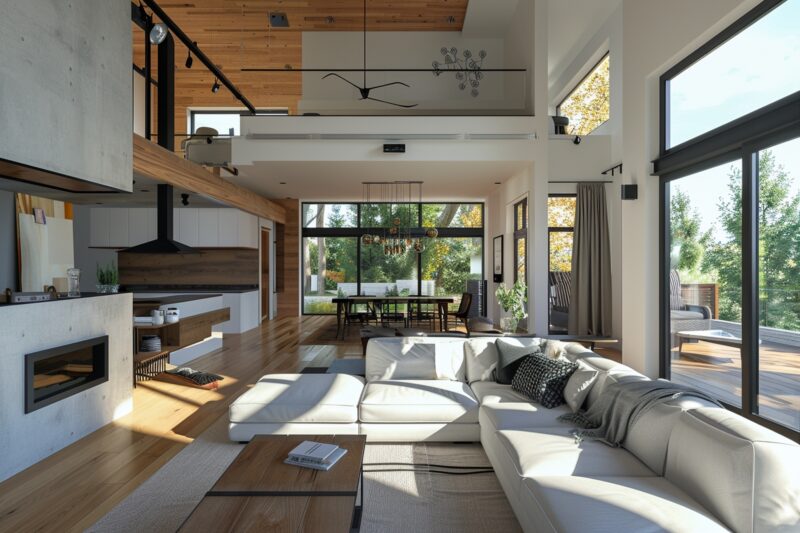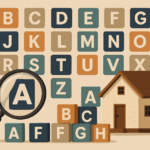Engaging reputable professionals for the construction of secondary residences can significantly enhance the value of your property. These skilled teams possess a wealth of experience, enabling you to benefit from tailored solutions that meet your specifications. Whether your goal is to add an additional rental unit or create a space for family members, thorough research is crucial in selecting the right contractor.
Investigate local recommendations and assess portfolios that showcase previous work, paying attention to design versatility and finishes. When planning to build granny flats Melbourne, prioritising licensed professionals ensures adherence to all relevant building codes and safety regulations, providing you with peace of mind throughout the project. An in-depth consultation phase facilitates the identification of your unique requirements and budget considerations, setting the stage for a successful build. Evaluate customer reviews and testimonials to gauge satisfaction levels from previous clients. This feedback can offer valuable insights into the reliability and quality of craftsmanship. Establishing clear communication from the outset with your chosen team fosters a collaborative environment, helping avoid potential misunderstandings and ensuring timely progress.

Choosing the Right Granny Flat Design for Your Property
Assess your land's dimensions before selecting a design. A compact site may require a two-storey option to maximise space, while a larger plot can accommodate a single-level structure with outdoor areas. When planning your build, consulting experienced granny flat builders Melbourne can help you choose a design that suits your site and complies with local regulations.
Consider Functionality
Identify the intended use of the additional dwelling. If it will serve as accommodation for family members, include a separate entrance and adequate privacy features. For an office or rental, ensure it contains essential amenities like a kitchen and bathroom.
Architectural Harmony
Design should complement the existing home to maintain a cohesive aesthetic. Choose materials and colours that blend with the primary residence. Pay attention to the roofline and window proportions to create visual alignment.
Understanding the Costs Involved in Granny Flat Construction

Note: Budgeting for this type of dwelling requires careful assessment of various factors. Start with land size and the location, as these elements greatly influence overall expenses. Properties close to urban centres typically attract higher costs.
Construction materials represent a significant portion of the investment. High-quality timber, bricks, and fixtures will boost durability but increase the initial price. Opt for sustainable materials to enhance long-term value.
Labour costs vary by contractor experience and project complexity. Obtain multiple quotes from tradespeople to compare prices and ensure you’re making an informed choice. Be cautious of hidden fees that can appear during the build.
Don’t forget to factor in permits and inspections. Local regulations may require specific licenses, impacting your timeline and budget. Allow extra funds for unforeseen expenses such as site preparation, utility connections, and landscaping.
Consider design options; a customised layout may offer better functionality but come at a higher cost. Pre-designed models usually present a more budget-friendly approach.

Tip: Lastly, always set aside a contingency fund of around 10-15% of the overall budget. This reserve can help manage any unexpected changes throughout the planning and construction phases.
Research zoning laws specific to your area. Each municipality has unique requirements for secondary structures, so consult local planning guidelines.
Verify the minimum lot size necessary for construction. This factor directly influences whether you can proceed with your project.
Understand building codes that apply to subunits. These regulations dictate safety standards, electrical work, plumbing, and other crucial aspects.
Consult with local council representatives. They provide insights into processes and requirements for permits, which can expedite your application.

Tip: Consider engaging a town planner or designer familiar with regulations. Their expertise can minimise awkward surprises during the approval process.
Prepare all necessary documentation accurately. This includes site plans, design layouts, and any other supporting materials required by authorities.
Be aware of appeal processes. If your application faces rejection, understanding your options can help you navigate the next steps efficiently.
Stay informed on any recent changes to regulations. Local policies can shift, affecting your project’s feasibility and timeline.














